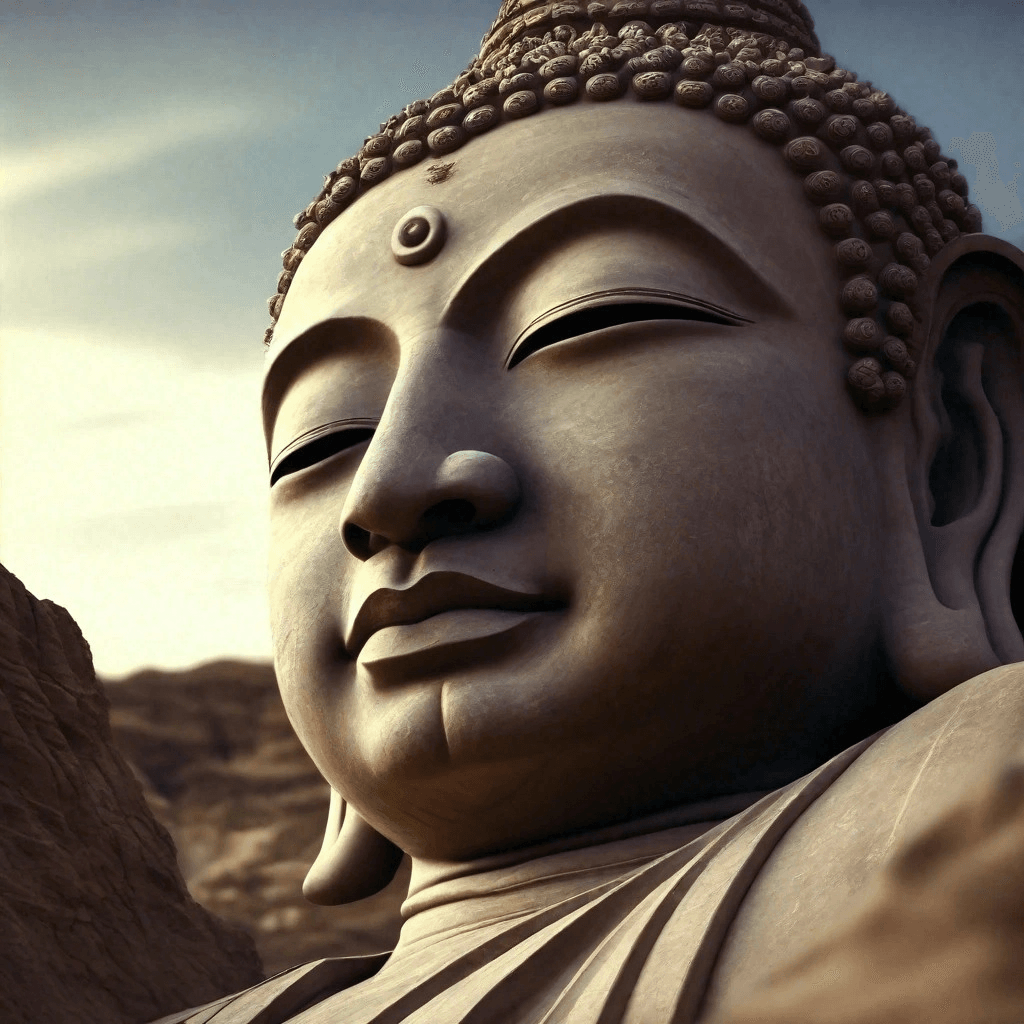
44.Relaxation Techniques for Busy Minds
Relaxation Techniques for Busy Minds
In today’s fast-paced world, a busy mind can often lead to stress, anxiety, and burnout. Finding effective relaxation techniques is essential for maintaining mental well-being and overall health. Here, we explore various strategies to help calm a busy mind and promote relaxation.
1. Mindfulness Meditation
Objective: Focus on the present moment to reduce stress and quiet the mind.
Practice:
1. Find a Quiet Space: Sit comfortably and close your eyes.
2. Focus on Breath: Pay attention to your breathing, noticing the sensation of air entering and leaving your nostrils.
3. Observe Thoughts: When your mind wanders, gently bring your focus back to your breath.
4. Daily Practice: Start with 5-10 minutes daily, gradually increasing the duration as you become more comfortable.
Benefits: Mindfulness meditation improves focus, reduces anxiety, and promotes a sense of calm.
2. Progressive Muscle Relaxation (PMR)
Objective: Reduce physical tension and promote relaxation by tensing and then releasing muscle groups.
Practice:
1. Find a Comfortable Position: Sit or lie down in a quiet place.
2. Tense Muscle Groups: Start with your toes, tensing the muscles for 5-10 seconds.
3. Release and Relax: Slowly release the tension and notice the difference in how your muscles feel.
4. Move Up the Body: Gradually work your way up, tensing and relaxing each muscle group, finishing with your head and neck.
Benefits: PMR helps relieve physical tension, reduces stress, and enhances body awareness.
3. Deep Breathing Exercises
Objective: Activate the body’s relaxation response through controlled breathing.
Practice:
1. Sit Comfortably: Close your eyes and place one hand on your abdomen.
2. Inhale Deeply: Breathe in slowly through your nose, allowing your abdomen to rise.
3. Exhale Slowly: Exhale through your mouth, letting your abdomen fall.
4. Repeat: Continue this deep breathing for 5-10 minutes.
Benefits: Deep breathing reduces stress, lowers blood pressure, and promotes a state of calm.
4. Guided Imagery
Objective: Use visualization to create a peaceful and relaxing mental environment.
Practice:
1. Find a Quiet Place: Sit or lie down comfortably and close your eyes.
2. Choose a Peaceful Image: Imagine a place where you feel completely relaxed, such as a beach, forest, or meadow.
3. Engage All Senses: Visualize the sights, sounds, smells, and sensations of this place.
4. Stay in the Moment: Spend several minutes immersed in this calming scene.
Benefits: Guided imagery reduces anxiety, enhances mood, and provides a mental escape from stress.
5. Yoga and Stretching
Objective: Combine physical movement with breath awareness to promote relaxation and reduce stress.
Practice:
1. Choose Gentle Poses: Focus on poses that promote relaxation, such as Child’s Pose, Cat-Cow, and Savasana (Corpse Pose).
2. Move with Breath: Inhale and exhale deeply as you move through each pose.
3. Hold and Release: Hold each pose for a few breaths, then gently release.
4. End with Savasana: Spend a few minutes lying flat, focusing on your breath and relaxing each part of your body.
Benefits: Yoga and stretching reduce muscle tension, improve flexibility, and promote mental clarity.
6. Journaling
Objective: Use writing as a way to process thoughts and emotions, leading to greater mental clarity and relaxation.
Practice:
1. Set Aside Time: Dedicate 10-15 minutes each day to write.
2. Write Freely: Express your thoughts and feelings without worrying about grammar or spelling.
3. Reflect: Use your journal to reflect on what’s causing stress and how you can address it.
4. Stay Positive: End each entry with a positive note or gratitude statement.
Benefits: Journaling helps process emotions, reduces stress, and provides insight into your thoughts and feelings.
7. Listening to Music
Objective: Use music to shift your mood and promote relaxation.
Practice:
1. Choose Relaxing Music: Select music that you find soothing, such as classical, ambient, or nature sounds.
2. Find a Comfortable Space: Sit or lie down in a comfortable position.
3. Focus on the Music: Close your eyes and immerse yourself in the sounds, paying attention to the rhythm, melody, and instruments.
4. Breathe Deeply: Combine listening with deep breathing to enhance relaxation.
Benefits: Music can lower stress levels, improve mood, and provide a mental break from daily concerns.
8. Aromatherapy
Objective: Use scents to promote relaxation and reduce stress.
Practice:
1. Choose Calming Scents: Lavender, chamomile, and eucalyptus are known for their relaxing properties.
2. Use Essential Oils: Add a few drops of essential oil to a diffuser, bath, or apply to your skin (diluted with a carrier oil).
3. Inhale Deeply: Take slow, deep breaths to fully experience the calming effects of the aroma.
Benefits: Aromatherapy can reduce anxiety, improve sleep, and enhance overall well-being.
9. Mindful Walking
Objective: Combine physical activity with mindfulness to reduce stress and increase relaxation.
Practice:
1. Choose a Peaceful Location: Find a quiet park or a path where you can walk undisturbed.
2. Focus on Each Step: Pay attention to the sensation of your feet touching the ground, the rhythm of your steps, and your breath.
3. Stay Present: Observe your surroundings without judgment, noting sights, sounds, and smells.
4. Walk Slowly: Move at a comfortable pace, allowing yourself to fully relax into the experience.
Benefits: Mindful walking enhances physical health, reduces stress, and promotes a sense of peace.
10. Technology Detox
Objective: Reduce mental overload and stress by taking regular breaks from screens and digital devices.
Practice:
1. Set Boundaries: Establish specific times each day to unplug from devices.
2. Engage in Offline Activities: Spend time reading, walking, or engaging in hobbies that don’t involve screens.
3. Create a Relaxing Environment: Dedicate a tech-free space in your home for relaxation and reflection.
4. Sleep Hygiene: Avoid screens at least an hour before bedtime to improve sleep quality.
Benefits: Reducing screen time lowers stress, improves sleep, and enhances overall well-being.
Conclusion
Relaxation techniques are essential tools for managing a busy mind and maintaining mental health. By incorporating practices like mindfulness meditation, deep breathing, and guided imagery into your daily routine, you can reduce stress, enhance focus, and promote a sense of calm. Experiment with different techniques to find what works best for you, and make relaxation a regular part of your life.



